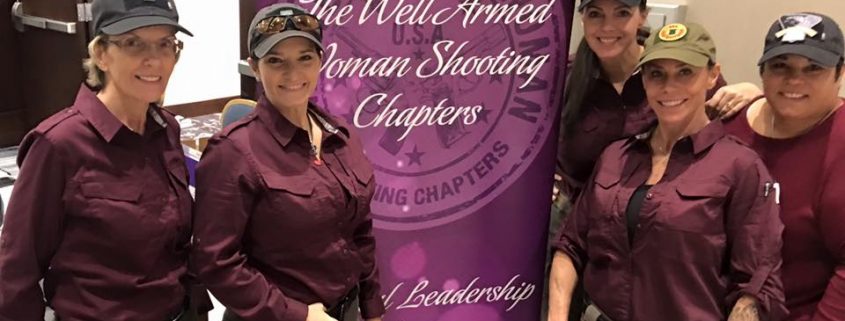FEMALE FIREARM FITNESS
Thanks to Sharon Chayra:
As more women embrace tactical training and firearms as means of protection and sport, fitness’ role in optimizing female body mechanics is gaining attention. No matter your level of conditioning or lack thereof, if you’re serious about competitive or defensive shooting, the time to start training is now. And if you ask Sheepdog Tim Kennedy, the second-best time to start is also now.
Competitive athlete now NRA-certified firearms instructor Brenda Osborne says there might be some physical distinctions between the sexes on the range, but firearms equalize them. “They [firearms] allow us ladies to be able to protect ourselves from a much larger, stronger threat that intends to cause us personal violence.” While some believe there are vast differences between the genders based on biology and muscle mass, Osborne is more pragmatic, “I find that on the range differences between the sexes are more cerebral than physical.”
The cerebral aspects of firearms consist of understanding the mechanics of the gun itself to the application of its strategic deployment as evidenced by tight groupings or threat neutralization. Women might initially be drawn to guns for the defensive aspect but once their skills progress they usually find the competitive component a fun and exciting way to hone their proficiency. There are many pro-Second Amendment organizations throughout the US designed for women that provide competition, education and socializing opportunities.
Education is paramount to competency for either sex. Whether a woman’s breasts necessitate adjusting a draw from an appendix carry holster versus a male protecting his delicate regions from being muzzled remains debatable. What isn’t up for debate is the inherent physicality of the sport. Having a strong, nimble and flexible frame is advantageous to everyone, but don’t give up hope if the only exercise you’ve got lately is driving the kids to their soccer practice. Start small, be consistent, and integrate both cardio and weights into a daily habit of wellness.
“That’s what is so great about shooting sports, if you can master the fundamentals, understand the dynamic and put it all together you’ve pretty much got it made,” says Osborne who acknowledges she and her mentor, Maggie Mordaunt work with many women and men with physical limitations. In fact, Mordaunt, like Osborne, is also a former bodybuilder and personal trainer who leveraged her handgun hobby into a new career after suffering a broken neck. Mordaunt now owns and operates CCW Maggie and travels the country providing training with and for law enforcement, military, and civilians of all skill levels.
Conditioning your body will help you achieve greater proficiency and endurance. “Sometimes the training can be difficult,” says Osborne, “It not only requires lateral movement but running, stopping abruptly, moving from a standing to a kneeling, to a prone position or possibly lying on one’s back and flowing repeatedly through these positions while taking the time to find your sight alignment, sight picture and address your target at varying stages of flow.” Osborne admits these movements are not only tiring but hard on the joints and connective tissue.
“My level of fitness allows me to focus on my shooting skills without having to be accountable to physical weaknesses so it’s a gift I’ve given myself,” Osborne says, “But it’s never too late to address it and make it better. Be the best you that you can be.”
READ MORE HERE:
https://www.sheepdogfund.org/single-post/2018/01/01/Firearms-Fitness-for-Females-Part-I



